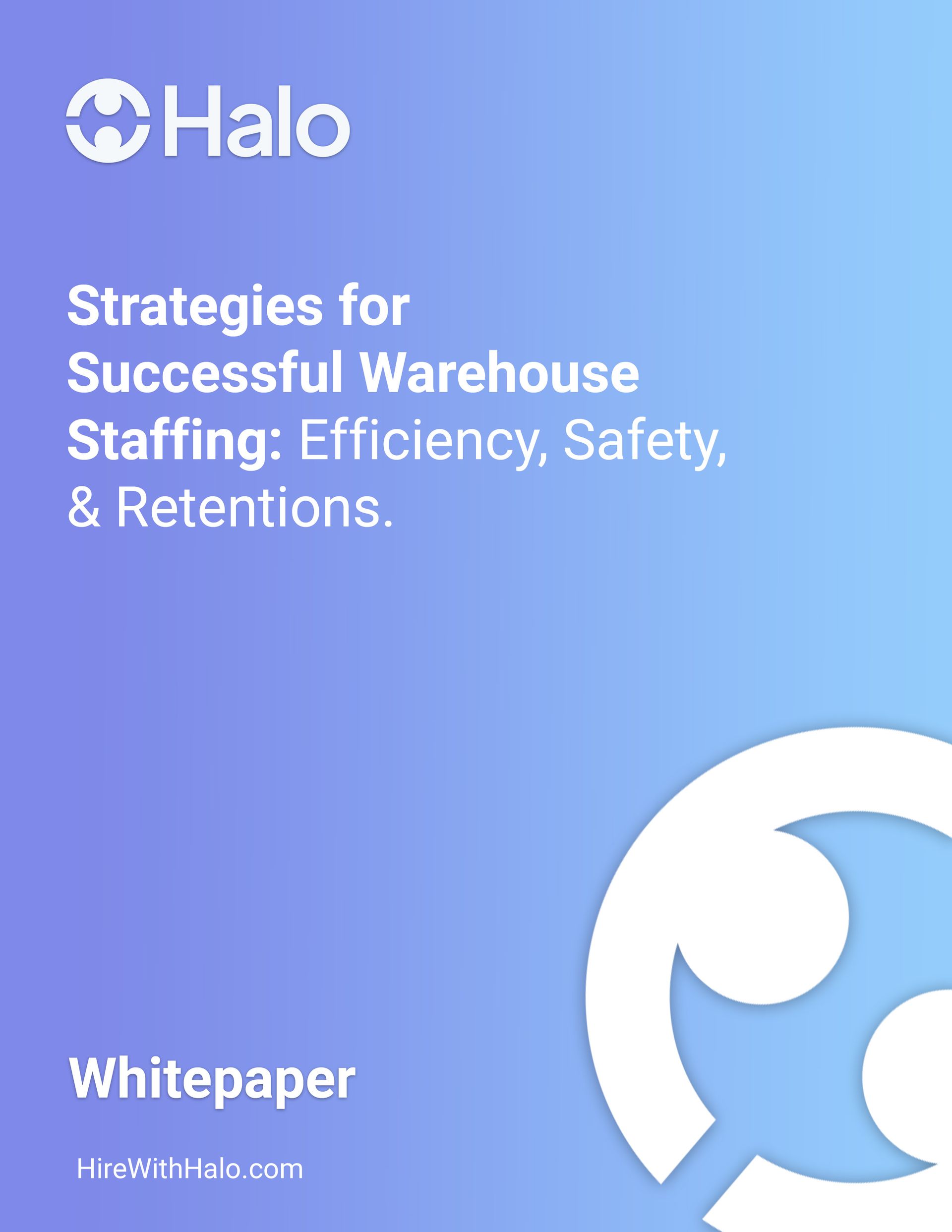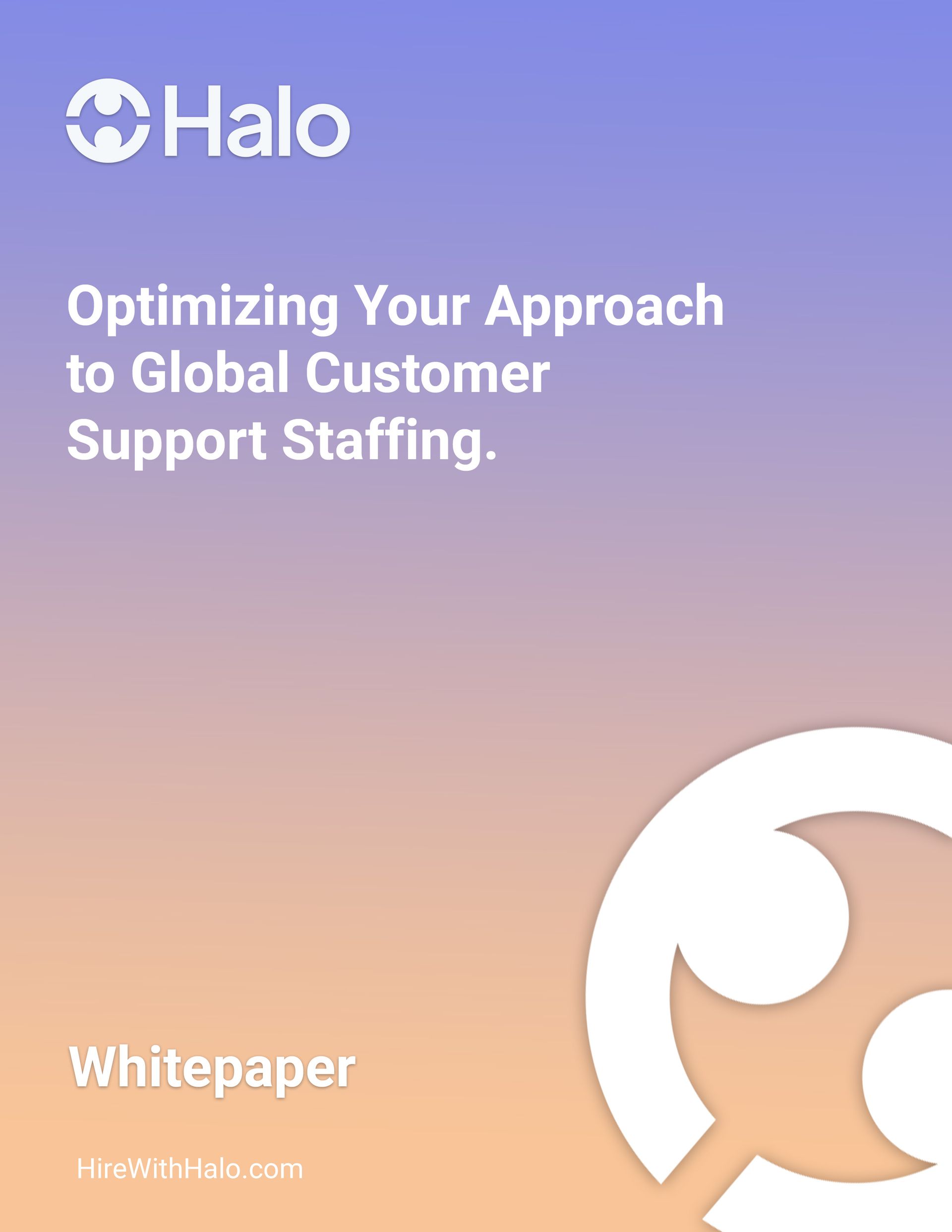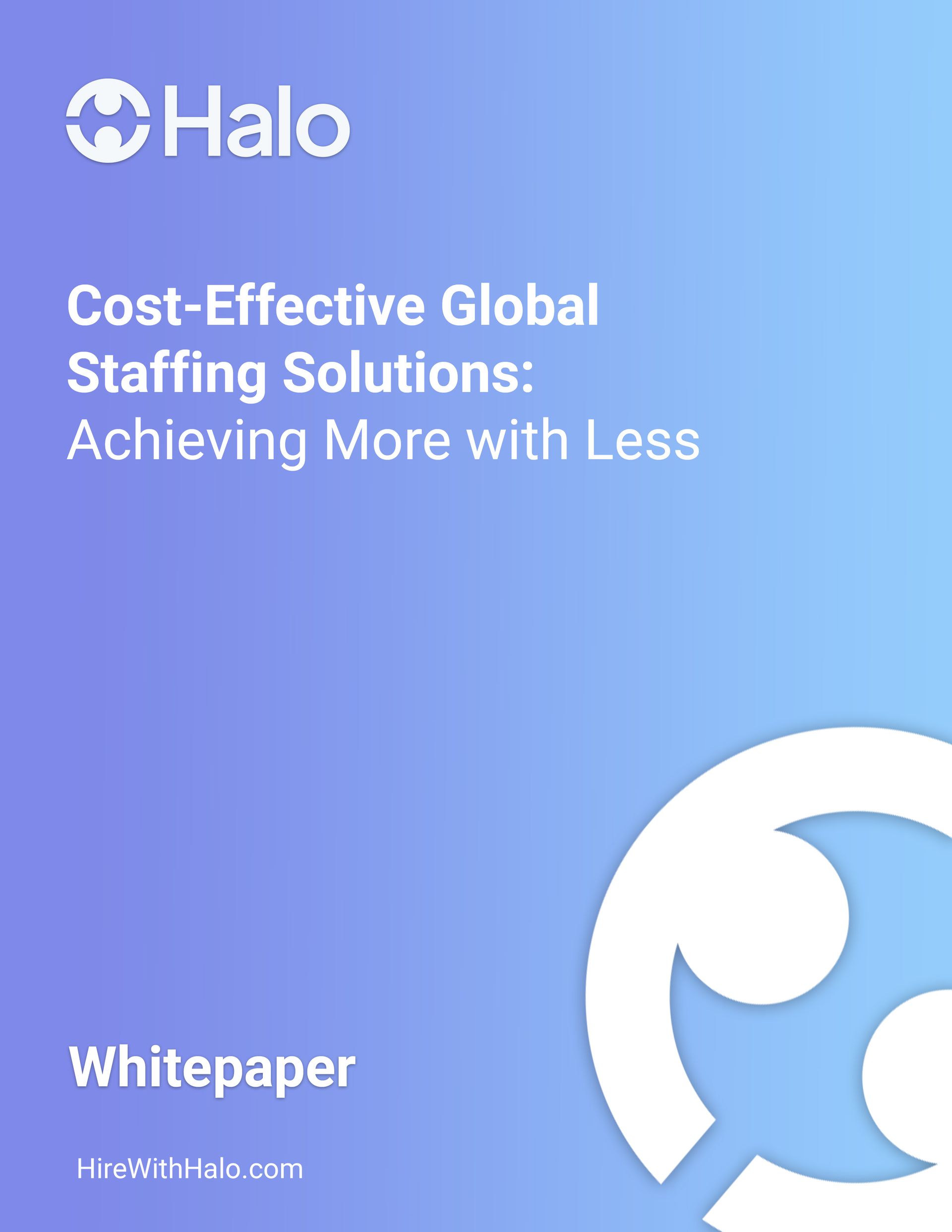
Hiring for Creativity:
Securing Top Graphic and UI Design Talent Globally
Introduction
In the dynamic landscape of today's global marketplace, the demand for creative talent, particularly in graphic and UI design, has surged across industries. As businesses strive to stand out in an increasingly digital world, the role of designers in shaping brand identity and enhancing user experience has never been more critical. This rising demand is matched by the expanding global talent pool, which presents both unique challenges and unparalleled opportunities.
Navigating this terrain requires a keen understanding of diverse design sensibilities and the ability to foster collaboration across borders. The global talent pool offers access to a rich tapestry of creative perspectives, but tapping into this resource demands strategies that can bridge cultural gaps and harness the full potential of international creativity.
This whitepaper delves into the complexities of hiring graphic and UI designers globally, exploring the importance of cultural diversity in design, the challenges of remote collaboration, and the strategies for attracting and integrating top creative talent into your team. With the right approach, businesses can turn the challenges of global recruitment into opportunities for innovation and success.
Chapter 1: The Importance of Creative Talent in Today’s Market
In today's highly visual and digital-centric market, graphic and UI designers hold the key to differentiating brands, products, and services. Their creative outputs are not just aesthetic embellishments but strategic assets that drive brand identity, enhance user experience, and contribute significantly to business success. Creative talent in design plays a pivotal role in translating a brand's values and messages into visual narratives that resonate with diverse audiences. This not only improves user engagement but also fosters brand loyalty and trust.
Moreover, the inclusion of diverse design perspectives offers a competitive advantage. Designers from varied cultural backgrounds bring fresh insights and innovation, enabling companies to appeal to a broader demographic. This diversity in design thinking can lead to groundbreaking ideas and solutions, pushing businesses ahead of the curve. In essence, the creative talent of graphic and UI designers is a cornerstone of modern business strategy, driving innovation and delivering compelling user experiences that can significantly impact the bottom line.
Chapter 2: Understanding Diverse Design Sensibilities.
The global marketplace is a mosaic of cultures, each with its own aesthetic preferences, symbols, and communication styles. Recognizing the significance of these cultural influences in design work is crucial for businesses aiming to connect with international audiences. Designers adept in weaving cultural sensibilities into their creations can produce work that not only stands out but also deeply resonates with target demographics, enhancing the effectiveness of marketing efforts and brand perception.
Evaluating portfolios and creative work across different cultural contexts, however, requires a nuanced approach. Businesses must develop strategies to assess design work without bias, appreciating the context in which it was created. This includes understanding the designer's background, the cultural nuances reflected in their work, and how these might be perceived by diverse audiences. Strategies might involve assembling diverse review panels, utilizing culturally aware evaluation criteria, and engaging in open dialogue with designers about their creative choices.
Embracing diverse design sensibilities enriches the creative output of businesses, driving innovation and fostering connections with a wider audience. It demands an open-minded approach to recruitment and collaboration, one that values the richness of global perspectives and the endless possibilities they bring to the creative process.
Chapter 3: Navigating the Challenges of Remote Creative.
Collaboration
Remote collaboration has become a mainstay in the global workforce, presenting unique challenges for creative teams accustomed to the dynamic energy of in-person brainstorming and feedback sessions. Communication barriers, technological constraints, and the loss of spontaneous creative synergy are common obstacles. Yet, with thoughtful approaches, these challenges can be transformed into opportunities for innovation and growth.
- Communication Barriers: Misunderstandings and delays in communication can stifle creativity. Overcoming this requires clear, concise, and frequent communication. Regular team meetings, clear project briefs, and structured feedback processes are essential to maintain clarity.
- Maintaining Creative Synergy: The spontaneity of a shared workspace often sparks creativity, which can seem diminished in remote settings. To recreate this synergy, teams can schedule virtual brainstorming sessions that mimic the fluid, open-ended nature of in-person collaboration, using digital whiteboards and brainstorming tools to facilitate real-time idea sharing.
- Best Practices for Technology Leveraging: Embracing technology that supports seamless collaboration is key. Tools like Slack, Zoom, and Asana can facilitate communication, while Adobe Creative Cloud and Sketch offer shared spaces for creative work. Investing in reliable, intuitive tools simplifies collaboration, ensuring that technology enhances rather than impedes the creative process.
Creating a supportive environment for remote creative teams involves more than just providing the right tools; it requires fostering a culture of trust, openness, and mutual respect. Encouraging regular, informal check-ins and creating virtual spaces for social interaction can help maintain team cohesion and a sense of community, essential components for nurturing creativity.
Chapter 4: Attracting Top Talent with Competitive Packages
Securing top creative talent in a competitive global market demands more than just offering a competitive salary. Creative professionals look for roles that offer a blend of financial reward, benefits, creative freedom, and opportunities for growth.
- Compensation and Benefits: An attractive package includes not only a competitive salary but also comprehensive health benefits, retirement plans, and perks such as flexible working hours and remote work options. These elements signal a company's commitment to the well-being and satisfaction of its employees.
- Creative Freedom: Offering creative professionals autonomy in their projects and the opportunity to work on diverse and challenging assignments can be a significant draw. This demonstrates trust in their expertise and encourages innovation and engagement with their work.
- Career Growth Opportunities: Clear pathways for professional development and career advancement are crucial for attracting and retaining creative talent. This can include sponsoring continued education, providing mentorship programs, and opportunities for leadership roles within creative projects.
Positioning your company as a place where creatives can thrive involves not just the tangible aspects of the job offer but also the intangible culture of creativity and innovation that you foster. Highlighting your company’s commitment to design excellence, showcasing past projects, and articulating your vision for the future can make your company more appealing to potential hires.
Chapter 5: Fostering Creativity and Innovation in a Remote Setting.
Creating an environment that fosters creativity and innovation, especially in a remote setting, requires intentional strategies and tools to stimulate idea generation and collaboration.
- Techniques and Tools: Virtual brainstorming sessions facilitated by platforms like Miro or MURAL can replicate the collaborative energy of in-person workshops. These sessions, coupled with digital collaboration platforms, allow for the seamless exchange of ideas and feedback across distances.
- Encouraging Creativity: Beyond tools, encouraging creativity involves creating a culture where experimentation is welcomed, and failure is seen as a step towards innovation. This can include setting aside time for creative exploration, supporting side projects, or organizing virtual hackathons.
Fostering creativity and innovation in a remote setting is as much about the culture you cultivate as it is about the tools you provide. Encouraging open communication, recognizing and celebrating creative achievements, and continuously looking for ways to inspire your team are key to maintaining a vibrant and innovative creative team, regardless of where they’re located.
Chapter 6: Integrating Creative Talent into Existing Teams.
Integrating new creative hires into established teams, particularly in remote settings, requires thoughtful strategies to ensure a seamless transition and foster a unified team dynamic. Emphasizing cultural fit and a shared vision during the hiring process is crucial; candidates who not only possess the required skill set but also align with the company's values and goals are more likely to blend well with existing teams. Once onboard, structured onboarding programs that include virtual meet-and-greets, mentorship pairings, and clear communication of team roles and expectations can help new hires understand their place within the team and the broader company culture. Overcoming the challenges of remote integration also involves facilitating opportunities for personal connection and collaboration, such as team-building activities and collaborative projects that allow team members to discover shared interests and working styles. By prioritizing these strategies, companies can foster a cohesive, creative team capable of innovative collaboration, regardless of physical location.
Chapter 7: Trends in Creative Talent Recruitment.
The recruitment landscape for graphic and UI designers is evolving, with a growing emphasis on diversity, remote work flexibility, and digital collaboration skills. Companies are increasingly valuing creative talent that can bring unique perspectives to the table, acknowledging the role of diverse backgrounds in driving innovation. The shift towards remote and hybrid work models has also changed the recruitment game, making geographical location less of a barrier and expanding the talent pool beyond traditional markets. Staying abreast of these trends is essential for companies looking to attract and retain the best creative minds in a competitive global marketplace.
Conclusion.
This whitepaper has explored the multifaceted journey of hiring and nurturing creative talent in a global context, emphasizing the importance of understanding diverse design sensibilities, leveraging technology for remote collaboration, and creating competitive packages to attract top talent. Integrating new hires into existing teams and keeping pace with recruitment trends are also pivotal to assembling a world-class creative team. As businesses continue to navigate the complexities of the global market, adopting a strategic, culturally aware approach to creative talent acquisition is key. We encourage businesses to leverage the insights and strategies outlined in this whitepaper to enhance their creative teams, drive innovation, and secure a competitive edge in the ever-evolving landscape of design and user experience.

Slide title
Write your caption hereButton
Slide title
Write your caption hereButton
Slide title
Write your caption hereButton
Find the Right Candidate for Any Role.
Whether you're in the market for your next engineer, bookkeeper, or customer service representative, Halo has you covered. Halo can help you fill any open role.

Ashley B.
Sr. Content Marketing Manager
9 Years of Experience



